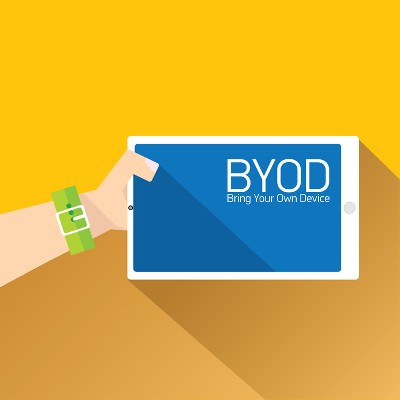Businesses are always trying to improve on efficiency, and one method they use to do so is mobile technology. Businesses invest in mobile technology like smartphones, laptops, and data plans for their employees with the expectation that it will help them be more productive, but the fact of the matter is that these investments are costly for the return. There is another approach businesses use: Bring Your Own Device, or BYOD, and it’s a great way to save capital while achieving the same levels of productivity from mobile technology.
USA Computer Services Blog
Organizations are always trying to get more efficient. One way that businesses are able to accomplish this is by utilizing mobile computing. This used to mean that businesses would have to spend a bunch of money purchasing phones, data plans, and the like for their employees. Some time ago, businesses started to realize that they could improve their mobile strategies without this massive expense by enacting a BYOD policy. Let’s discuss what a BYOD policy is and how it does more than just save a business money.
Bring Your Own Device, or BYOD, continues to grow into one of the most accepted practices within an organization. Yet, one major problem has always plagued BYOD in the form of security. Thankfully, with the help of mobile device management, businesses are able to minimize this risk while leveraging the benefits that BYOD offers.
 Two hot trends in the business technology industry are companies going Green (adopting environmentally savvy work environments), and implementing Bring Your Own Device (BYOD) system for your office. In reality, these two trends go hand in hand, as they seek to use technology to increase efficiency in the everyday operation of businesses worldwide. Here's how to implement your company's Green campaign with BYOD.
Two hot trends in the business technology industry are companies going Green (adopting environmentally savvy work environments), and implementing Bring Your Own Device (BYOD) system for your office. In reality, these two trends go hand in hand, as they seek to use technology to increase efficiency in the everyday operation of businesses worldwide. Here's how to implement your company's Green campaign with BYOD.



